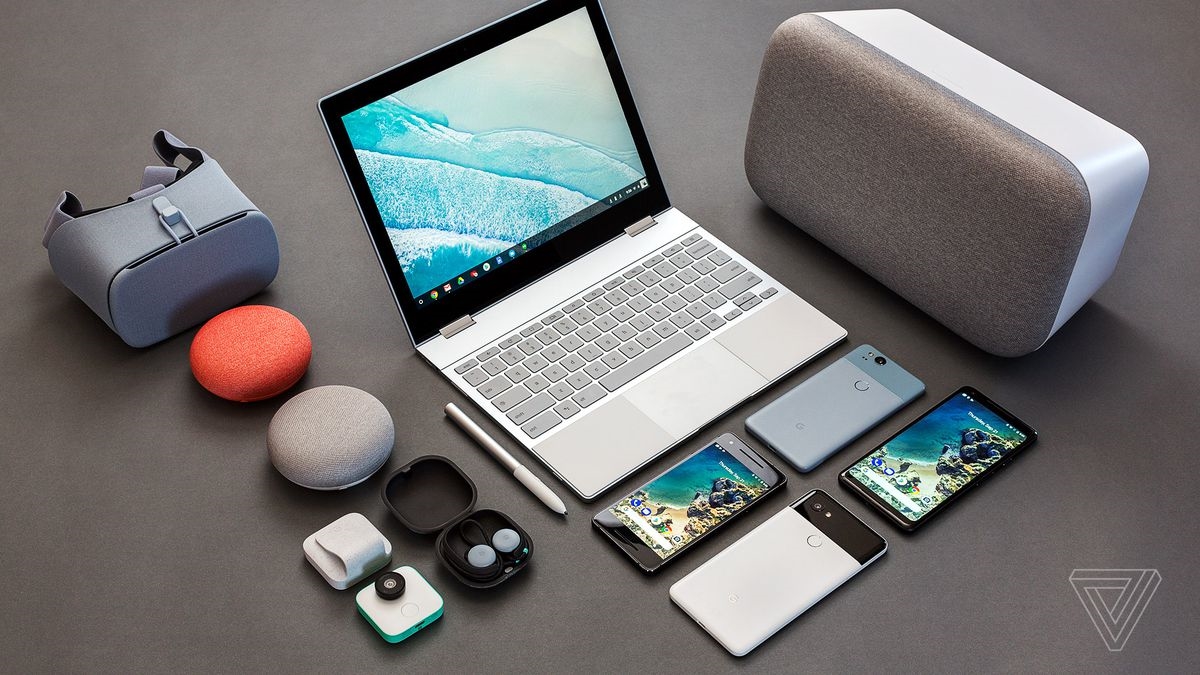Google Delves Into Hardware, Launches Phones, Video Doorbells, Voice Matching
by Laurie Sullivan @lauriesullivan, October 4, 2017
The next evolution of the smart home means the home adjusts to those who live in it, rather than the people adjusting to the home.

Alphabet, supported by its subsidiaries Google and Nest, is creating a network of hardware devices that link preferences in temperature, search and music in the home. The company launched a slew of new hardware products Wednesday in a live-stream broadcast on YouTube that includes Home Mini, Nest Hello video doorbell, Pixelbook laptop, phones and more.
The products are being sold and marketed under the tag Made By Google.
Powering the products is artificial intelligence that has the ability to lear preferences. The search within the platforms supported by Google Assistant now runs on a voice-matching technology that enables its products like Home, and now Home Mini, to recognize each person’s voice in the home and their preferences. Match can recognize up to six different voices, and gives a difference response depending on who asks what.
For instance, users can attach separate Google accounts to the Assistant and have Google Home recite different calendar appointments depending on the voice it hears.
Google also introduced a speaker with the list of products announced. Powered by Google’s machine-learning capabilities and available in December, Google has launched a speaker called Max that supports YouTube Music, Spotify, Google Play Music, Pandora, and more. The speaker also has a Google Assistant built in that can hear commands even when the music blares.
Finally, Google introduced its Pixel phones 2 and 2 XL, both Daydream ready. The idea behind the mobile devices is to have more control when it comes to what’s on the hardware and how the advertisements are served.
The hardware, with built-in machine-learning technology, also helps companies lean consumer preferences to target services and advertisements. For now, the majority of Google’s revenue comes from advertising, but that could change as its parent company introduces hardware devices that require services to run. Apple is known for spearheading that service model where consumers get locked into the hardware and spend monthly fees to build on services such as iTunes.
MediaPost.com: Search Marketing Daily
(51)